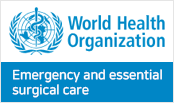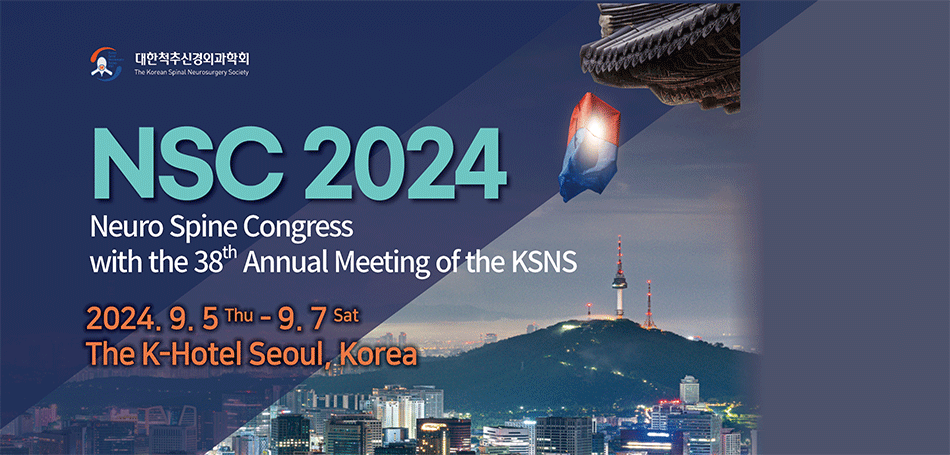
- Search
|
|
||

Bone appears to have no particular activity, but bone is a really active and dynamic tissue that is constantly formed and resorbed in response to changes in mechanical loading, as well as a wide range of paracrine and endocrine factors [1].
Osteoporosis, the most common metabolic bone disease, is characterized by low bone strength as well as low bone mass, leading to fragility fractures, which presents unique challenges and considerations in the realm of spinal surgery [2,3]. For the good surgical outcome of the elderly patient with osteoporosis, it is crucial to achieve a thorough understanding the knowledge of bone biology and osteoporosis, which can help to select an appropriate drugs for the treatment of osteoporosis, and surgical treatment of aging spine.
Preoperative osteoporosis treatment in elderly patients with severe osteoporosis cannot be overemphasized. Antiresorptive drugs have played an important role in the treatment of osteoporosis, but there are some debates about their effectiveness to augment the fusion rates after spinal surgery. Teriparatide (TPTD), a recombinant analogue of human parathyroid hormone, was the first anabolic agent in the United States to treat high risk of fracture with osteoporosis. At present, anabolic activity of TPTD has led to off-label application for spine fusion, which has definitely clinical benefit including augmentation of fusion rates, increased insertional torque of pedicle screws as well as decline of screw loosening [2,4].
A new anabolic agent, romosozumab is a bone-forming antibody to sclerostin that increases bone formation and decreases bone resorption, and is indicated to treat osteoporosis in postmenopausal women at high risk for fracture [5]. But, to date, there is still insufficient evidence that romosozumab improves the fusion rates after spinal surgery.
Recently, the number of spinal surgeries on elderly patients has been increasing, but fusion failure after spinal surgery can put both doctors and patients in big trouble. Because the quality of autograft in osteoporosis patients is poor, other bone substitutes have been adopted for spine fusion, such as allograft, demineralized bone matrix, and growth factors. Recombinant human bone morphogenic protein 2 (BMP-2) stimulates bone growth through a number of pathways, including stimulation of mesenchymal stem cell differentiation down an osteoblastic lineage, and now has become the important surgical option, especially in severe osteoporotic patients [6,7]. Many studies have demonstrated the utility of recombinant human BMP-2 (rhBMP-2) in enhancing fusion rates, so the use of rhBMP-2 has expanded in an off-label manner for various spinal fusion surgeries to assist with fusion in severe osteoporosis patients. However, there is a significant relation between the dose of rhBMP-2 use and the complication rates [8]. Concerns about postoperative complications of use of rhBMP-2 is a challenging issue of spine field, so more studies are needed.
Osteoporotic vertebral compression fracture (OVCF) is an important problem to the patients causing severe back pain and decreased health-related quality of life. Over the past decades, vertebroplasty (VP) has been extensively used to treat painful OVCF after adequate conservative treatment with analgesics, bed rest, and bracing [9].
This special issue focuses on OVCF and VP/kyphoplasty (KP), which still remain relatively difficult and controversial in terms of appropriate treatment. Many articles in this issue comprise of comparative clinical studies, and review articles which analyzed the effectiveness of various treatment methods for OVCF. The management of osteoporotic spine diseases is a complex and challengeable, but recent advances in basic research, and successful result of clinical studies will lead to improved clinical outcomes and a better quality of life of patients.
Although it is difficult to make a definite conclusion about best treatment options, these articles are expected to suggest appropriate management strategies for osteoporotic spine diseases.
REFERENCES
1. Sims NA, Gooi JH. Bone remodeling: multiple cellular interactions required for coupling of bone formation and resorption. Semin Cell Dev Biol 2008;19:444-51.


2. Liu Y, Levack AE, Marty E, et al. Anabolic agents: what is beyond osteoporosis? Osteoporosis Int 2018;29:1009-22.




3. Takahashi S, Inose H, Tamai K, et al. Risk of revision after vertebral augmentation for osteoporotic vertebral fracture: a narrative review. Neurospine 2023;20:852-62.




4. Yu D, Kim S, Jeon I. Therapeutic effect of teriparatide for osteoporotic thoracolumbar burst fracture in elderly female patients. J Korean Neurosurg Soc 2020;63:794-805.




5. Schemitsch EH, Miclau T, Karachalios T, et al. A randomized placebo-controlled study of romosozumab for the treatment of hip fractures. J Bone Joint Surg 2020;102:693-702.



6. Choi HY, Hyun SJ, Lee CH, et al. Safety and efficacy of recombinant human bone morphogenetic protein-2 in multilevel posterolateral lumbar fusion in prospective radomized controlled trial. Neurospine 2022;19:838-46.




7. Beschloss AM, DiCindio CM, Lombardi JS, et al. The rise and fall of bone morphogenetic protein 2 throughout the United States. Clin Spine Surg 2022;35:264-69.


8. De Stefano FA, Elarjani T, Burks JD, et al. Dose adjustment associated complications of bone morphogenetic protein: a longitudinal assessment. World Neurosurg 2021;156:64-71.

- TOOLS
-
METRICS

-
- 1 Crossref
- Scopus
- 1,132 View
- 147 Download
-
Journal Impact Factor 3.8
SURGERY: Q1
CLINICAL NEUROLOGY: Q1






























